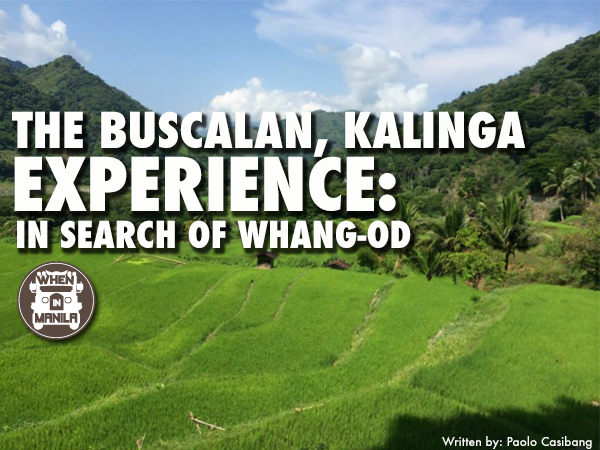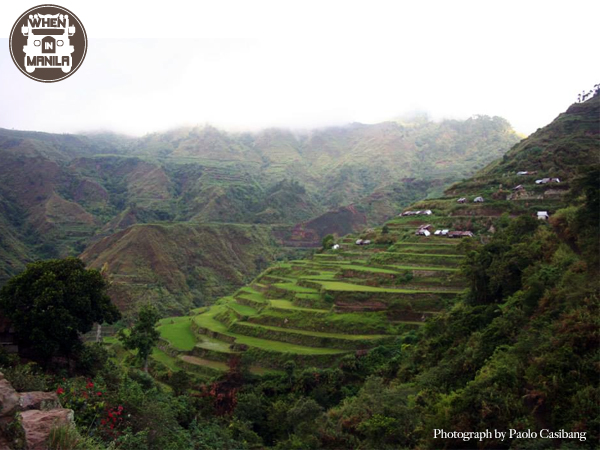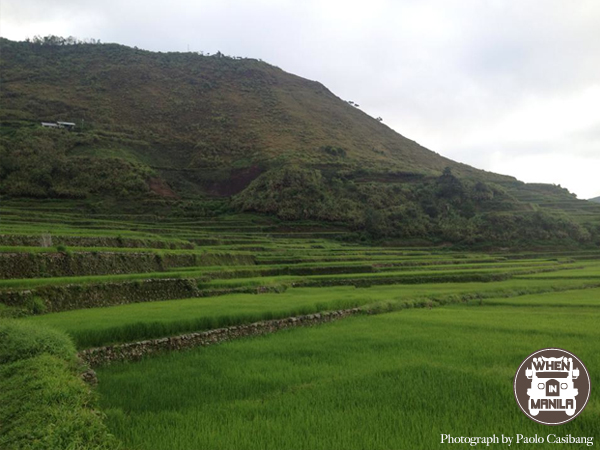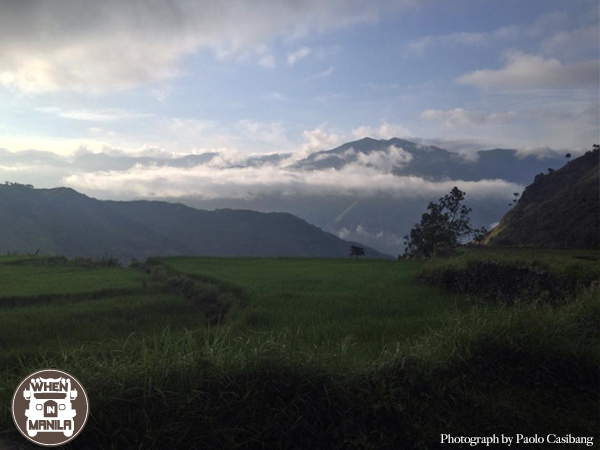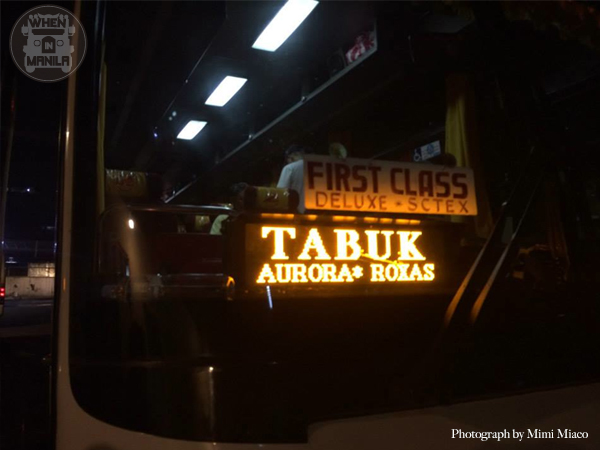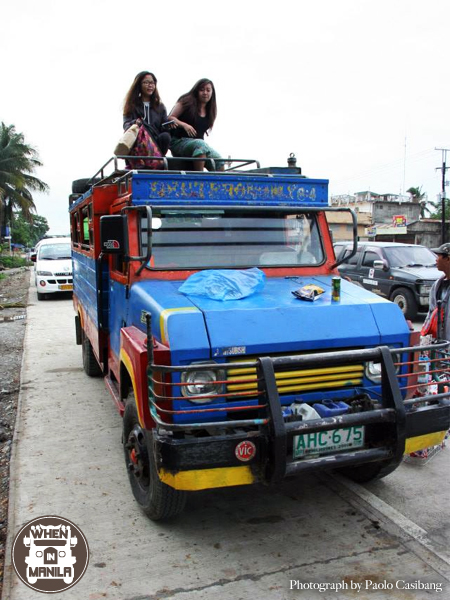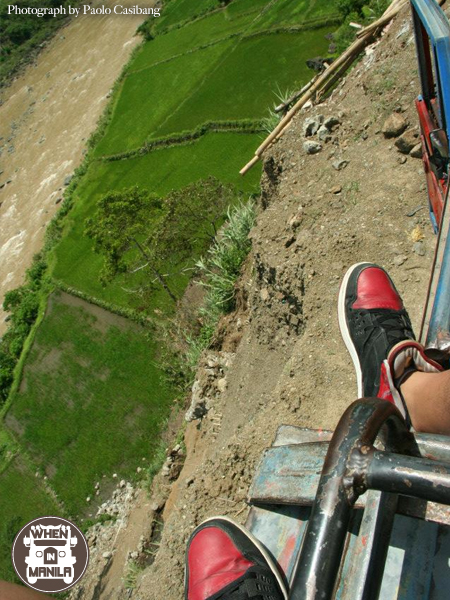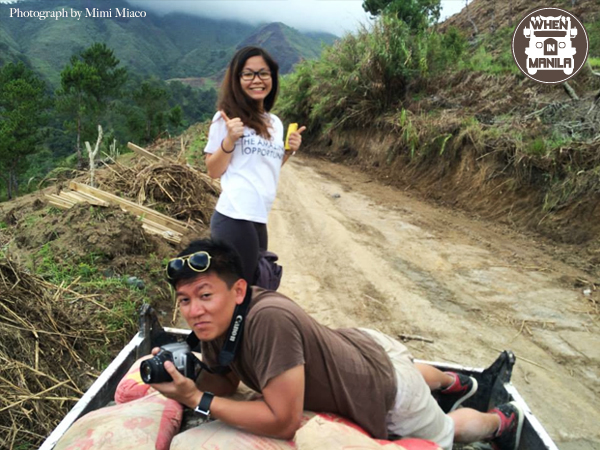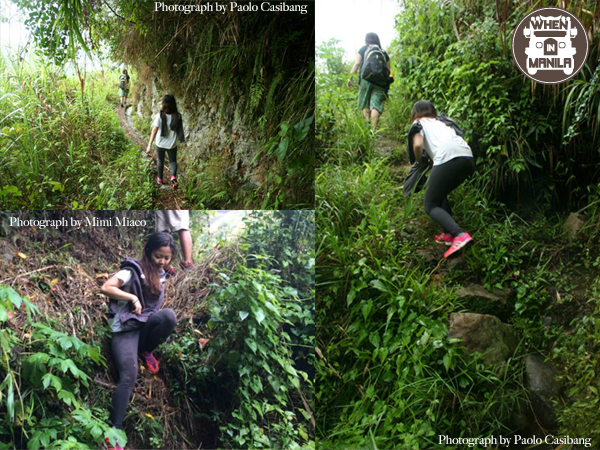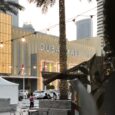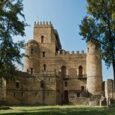Buscalan, Kalinga: In Search of Whang-Od
During the summer, vacation plans usually involve hitting up the beach. Vacation-goers flock towards the coast in order to get their party on, bum around by the water, or take part in activities such as riding inflatable boats shaped like bananas. It’s a nice way to get away and unwind from the hustle and bustle of city life, even if it’s only for a few days.
With the Philippines having a coastline twice as long as the United States and being abundant of breathtaking shores, why not? I’ve enjoyed my share of beach bumming this summer myself and I had a blast each time. In-between spending days falling off inflatable bananas, though, it is important to know that there are other destinations in the Philippines that can prove to be just as gratifying and probably more meaningful than heading towards the ocean waves. This is why I decided to head up instead of down. Up towards Northern Luzon and up high in the mountains of Kalinga.
A few months back, a friend of mine linked me to a blog about Buscalan, Kalinga with the hunch that I might take an interest in it. Her hunch was dead-on. The moment I finished reading that first blog, I searched more about Kalinga and found myself immersed in the stories written by bloggers of their adventure to Buscalan. Not only did the travel sound exciting; it turned out that the little village of Buscalan was also rich in history and culture, specifically their “batok” tradition.
Buscalan is a village in Kalinga that is nested high atop the Cordillera Mountains of northern Luzon, Philippines. The people of these mountains have a fierce reputation of being headhunting warriors. As headhunters would, their enemies were decapitated and had their skulls displayed in shrines when the warriors returned them to the village. It was their prime duty as warriors to collect these heads because they believed that bringing back a severed head to the village meant appeasing the powerful spirits and gods who protected them from epidemics and famine.
The Kalinga warriors were really good at combat, so they were effective at bringing back plenty of heads. In fact, Kalingas were such good warriors that even through the course of four hundred years of foreign occupation from Spain, the United States and Japan, Kalinga was one of few places in the Philippines that did not come under direct foreign rule or occupation. The last generation of these warriors fought during World War II as Japanese forces attempted to take over the mountains. Needless to say, those Japanese soldiers who were captured had their heads taken.
Aside from their headhunting tradition, Kalinga also had a strong tattoo tradition, the tradition of “batok”. As prestige for successfully capturing an enemy’s head, warriors earned tattoos. The tattoos also represented different things, such as the amount of skulls collected, kills made, amount of enemy engagements, and ultimately showed off the ranking of the warrior right on their flesh. Though the headhunting days of Kalinga have long been over, a 95 year old woman named Whang-Od (pronounced Fang-Od by the native villagers) continues the tradition and is now the last tattoo artist (or “mababatok”) of Kalinga.
As much as I fancy severed heads in zombie movies, I don’t fancy them enough to see decapitated skulls in real life. What I did fancy, though, was that there is a 95-year-old Filipino woman keeping a Filipino art form alive high in the mountains of Northern Luzon where, coincidentally, my father’s side of the family is generally from. As I read all of these things I have just shared with you, I told myself that I had to go to Kalinga one day. I had to meet these characters and be part of the stories as those bloggers did. This past summer, that’s exactly what I did.
The Buscalan, Kalinga Experience: In Search of Whang-Od
I took a bus (Victory Liner) from Kamias, Quezon City to Tabuk, Kalinga. There were three buses scheduled: one at 7:00 pm, another at 7:25 pm and the last at 7:45 pm. I got on the 7:25 pm bus and the fare came out to P640 (got served cookies and water too). The bus ride took about 11 hours and I arrived at Tabuk in the morning. Make sure to tell the bus driver to let you off near St. William’s Catherdral. You’ll see it from the bus on your left side anyway. It will be pretty hard to miss.
Once you’re off the bus, walk past the cathedral and you’ll see several colorful jeeps parked to the side. These are the jeeps headed to your next destination at Bugnay, Tinglayan. To the right of where the jeeps were parked were two separate carinderias. I had my breakfast at one of them (P60 meal) and reviewed the notes I brought with me on how to get to Buscalan. After breakfast, I went back to the jeep.
I decided to sit in front of the jeep next to the driver though where I ended up falling asleep. I woke in and out of my nap until I noticed we were riding on the cliff of a mountain. I immediately wanted to ride on the roof of the jeep for a better view. Luckily, the jeep made a stop right away at a water station along the road to refill the water in the radiator. I asked the driver if it would be okay for me to ride on the roof and he gladly agreed. I sat on the side of the jeep facing the steep edge of the cliff and fired away with my camera, trying to keep up with the beautiful view that just kept on coming and coming at me. The roof was the best way to ride along the cliffs and it made it easier to get shots of the gorgeous scenery.
Some parts of the road were so tight that the wheels were inches away from the edge, though. Sometimes, I felt like the jeep might topple over the side if it was nudged just a little bit. That just made the trip all the more exciting, though. During the ride, I ended up meeting two girls who were already riding on the roof before I got there and found out that they were meeting with their guide at our destination in Tinglayan. “Pfft, guide. Who needs a guide when you have internet print outs on where to go?”, I thought in my head. At the time, I thought that was all that I needed. I was wrong.
The jeepney ride took 2 hours and a half to reach Tinglayan and we arrived around noon. We were charged P120 each for the jeepney fare. As we were getting off the jeep, the driver told me that it would be best if I tagged along with them since the following trek up the mountain would be difficult. I got off the jeep and caught up with the girls. By the time I caught up with them, they were already talking to their guide. I was introduced to him and briefly negotiated price since I would be an addition to their party. His name was Francis Pa-In (this is his number if you’re in need of a guide to Buscalan: +639157690843). We paid P800 each for his service and trust me: the P800 was well worth it after everything he did for us during our time at Kalinga.
After negotiations, Francis led us to a sari-sari store where we used the bathroom and bought snacks. It was only there that I introduced myself properly and got the names of the two girls. Their names were Mimi (from Makati) and Keisha (from Manila). They knew I planned on writing about this and I promised that I would mention them by name. Eventually, a pickup truck with a cargo of gravel passed us by and our guide Francis told us to get our bags and walk to it. Turns out that Francis arranged for us to hitch a ride on the pickup and he told us to hop in the back along with the gravel.
We did as we were told and, a few minutes later, a family of six joined us for the ride. It was a pickup truck carrying gravel and a whole bunch of people headed towards up the mountain. As uncomfortable as it sounds, it was actually a fun ride and we were all just glad to cheat the mountain and be driven up part of the way. The family got off not too long into the ride and we eventually had the luxury of having the gravel to sit and lay on all to ourselves.
After about an hour, the pickup went as far as it could take us and we had to hike the rest of the mountain on foot. If you’re planning to go on this trip, here’s fair warning: the hike is definitely not for the faint of heart. There will be tight paths with little walking space on the edge of the cliffs on some parts and steep climbs up and down during others. One wrong step and you could easily fall off the side of the cliff. To make our experience more challenging, it started to rain a few times during our hike and it made the path to walk on slippery and muddy. At one point, we had to seek shelter and wait for the rain to stop.
Although the hike was somewhat difficult, we were constantly rewarded by awe-inspiring views that you could only get from being that high up in the mountains. At the end of the hike, we came around a corner and were greeted with impressive views of rice terraces that we were only able to see from a distance earlier in the trail. We made our way down to the terraces and straight in the middle of the bright green fields. It was a surreal experience being able to walk right through the rice terraces and we knew that something that surreal could only mean one thing: we finally made it to Buscalan.

